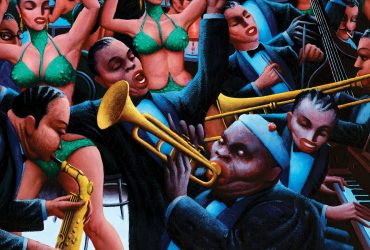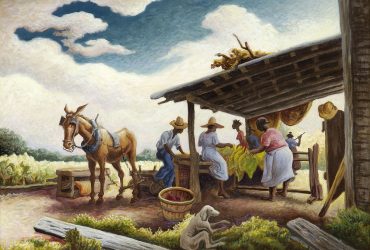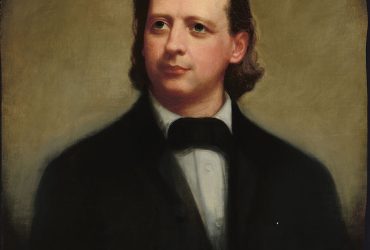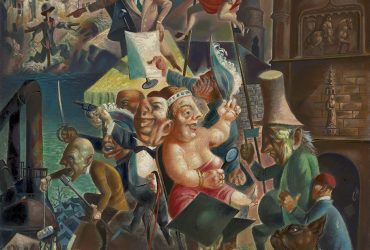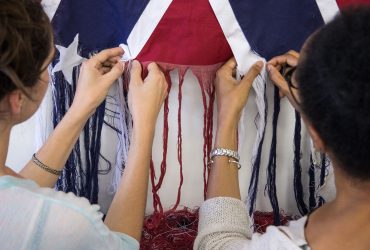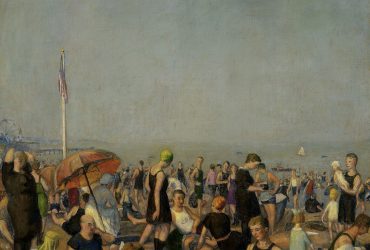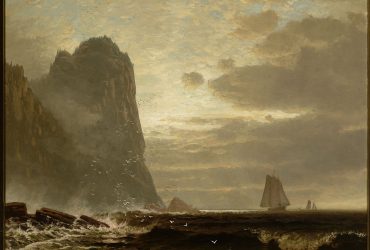Art of the U.S.: American Stories/American Myths

What comes to mind when you think of the history of the United States? The “discovery” of the continent by European explorers? The American Revolution and founding of the country? Westward expansion, or perhaps the turmoil of the Civil War? This re-installed gallery incorporates historical and contemporary works of art from the United States to tell some of these stories and confront some of these myths. The gallery includes a variety of works to encourage visitors to think about how these narratives shape our understanding and may preserve or counter fallacies of nationhood and democracy.
Upon entering the gallery, the visitor encounters canonical imagery of the landing of Christopher Columbus, George Washington crossing the Delaware River, and a portrait of the nation’s first President that encourages us to reconsider the early years of the country. Nineteenth century landscape paintings and photography both celebrated and claimed ownership over the natural beauty of the North American continent. These images, created as Americans moved West, omitted the displacement and massacre of Indigenous populations, and perpetuated notions of Manifest Destiny, the belief that European possession of the continent was given by God. Works such as these were also instrumental in establishing the American conservation movement and a vast system of National Parks. The Civil War was another pivotal chapter in U.S. history, the effects of which continue to be felt today. Included here are historical portraits of significant participants as well as contemporary works that critically address Lost Cause ideology, the belief that the war was fought over states’ rights rather than slavery.
The final section of this gallery tells stories that emerged in the twentieth century, including ones that have framed our understanding of urbanization, the Great Depression and the realities of rural American life. Collectively, these works highlight the struggles and missteps of the democratic experiment and underscore the continuing evolution of our republic.


